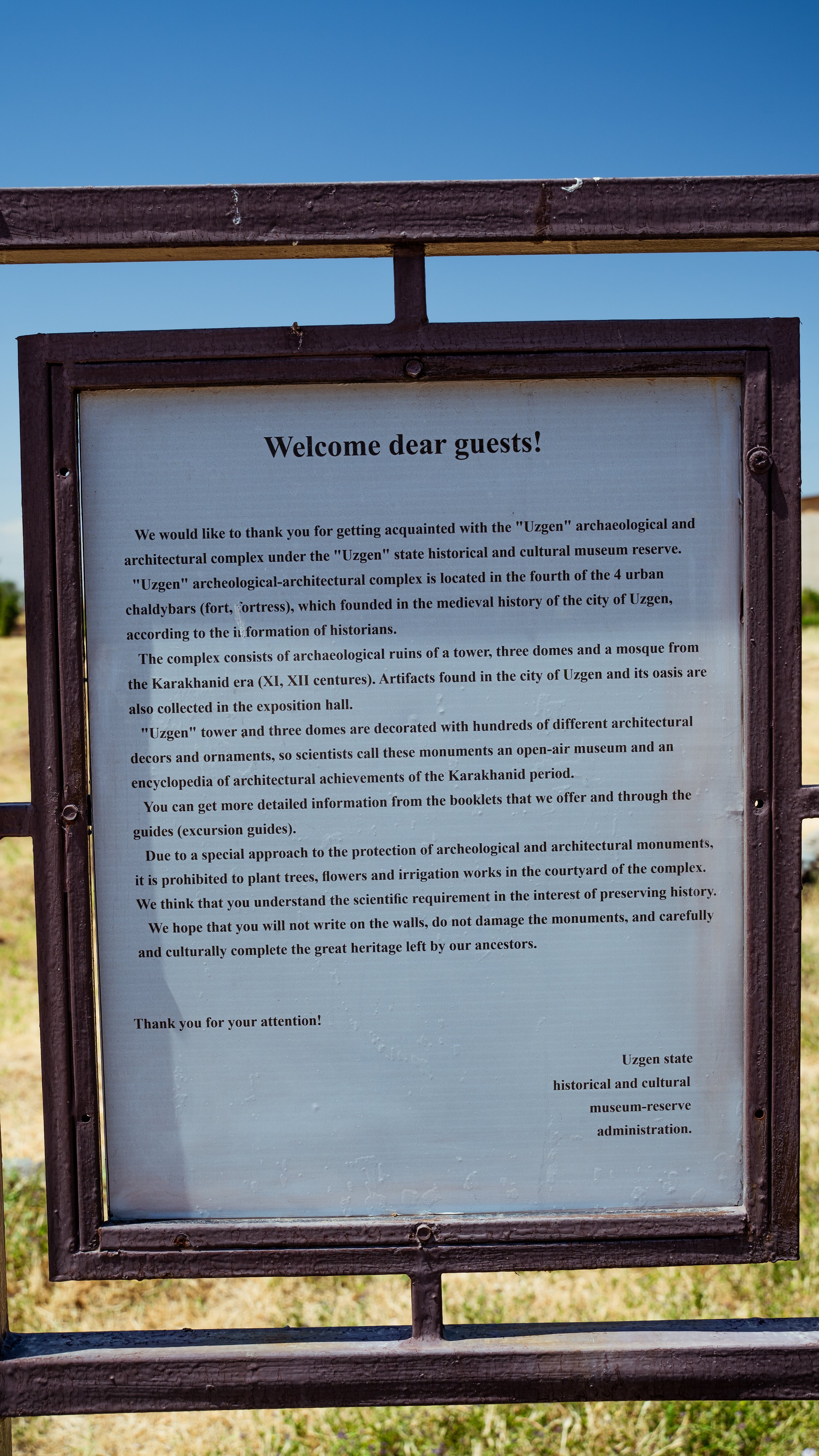Uzgen
Uzgen rests between the banks of the Kara-Darya and Jazy rivers just before they flow into the Andijan Reservoir in Uzbekistan. Around two thousand years ago, Uzgen became a frequent stop for merchants traveling from Kashgar, China. Uzgen witnessed the transition of many empires during its extensive timeline. Its most notable era occurred during the Karakhanid Khanate in the early 9th and 12th centuries until Ghengis Khan’s Mongol Horde pillaged it. Today, Uzgen is home to a majority population of Uzbeks and is famous for its brown rice production.
There is so much history that I am skipping over but maybe I’ll write a research paper in the future. Just remember there are three thousand years of ethnicities, inventions, goods, ideologies, and weird people like me who have crossed through this city. I linked a video below to help visualize which empires ruled this region over time. I encourage you to research the names of the empires you might not have heard of.
Taxi drivers at the Kelechek Bazaar in Osh
Taxi drivers are known to be aggressive with each other. They sometimes shove each other around like I’ve seen at the Kyrgyz and Kazakh border stations. I once stood on the side of the road patiently waiting for my taxi driver to finish pushing the other drivers out of our way so we could get in his old Mercedes. Things were more relaxed this time around. The attitude among people in the south of Kyrgyzstan is calmer than in the north. However, my boss had to stand her ground to negotiate a reasonable deal to drive our NGO team to Uzgen.
Traveling along the M41/A370 highway is not for those who fall car-sick easily. Especially when the driver is a habitual tailgator and crosses into the lane of oncoming traffic with a right-hand drive minivan. The M41 highway is known for being quite dangerous, especially in neighboring Tajikistan where immediate help isn’t coming for you if the mountainside collapses. The stretch between Osh and Uzgen is also an adrenaline booster. Commercial trucks and automobiles speed around every corner. I saw some pretty close calls with vehicles almost colliding head-on.
Watermelon stand
Crossing the Kara-Darya River into Uzgen
Uzgen Bazaar
Uzgen is colorful! Street signs, umbrellas, bright green compact cars, and the patterned abayas worn by all the local women contribute to a vibrant marketplace in the middle of town.
Women selling sparkling water on the left. The lady on the right is selling sim cards which typically run to seven to ten USD a month for unlimited data.
Women selling Kurut, dried yogurt
local traffic police still use Soviet Ladas
“60 years of the USSR”
me
Uzgen Archaeological and Architectural Museum Complex
The ruins of the Karakhanid Khanate are spread thin throughout Central Asia with the most well-preserved architecture in cities like Samarkand and Bukhara, Uzbekistan. Uzgen also preserves the ruins of an ancient city where visitors can climb the tower of a minaret and walk through a mausoleum.
Museum
Mausoleum from the 12th century
The tombs would have housed the late rulers of the Khanate
Alai Mountain Range
A minaret is used by Muslims to call others to pray at the nearby Mosque. The minaret would have been the tallest structure in the ancient city and in the region capable of being seen by travelers descending down from the mountains.
A statue of Aikol Manas
Hero of Socialist Labor recipients Kainazarov Tulvai (left) and Kamchibekov Aity (right).
Cosmonaut Salizhan Sharipov (left), Hero of Socialist Labor recipient Asanov Jamantai (right)
What does the Hero of Socialist Labor mean?
A statue of a Soviet soldier commemorates the lives lost during the USSR’s attempt to control Afghanistan in the 1980s. Another Lenin Statue stands nearby.
Below is a general representation of a rural village household in southern Kyrgyzstan. The rooms are typically covered in wallpaper and kept empty of furniture. Only couches and tables rest in the main space where guests and large families gather. The bedrooms are heavily carpeted and do not have beds. Guests and family members sleep on the floor, a tradition that derives from nomadic life in the Yurts.
A typical spread before the main course
The Kitchen
My taxi driver wanted to say hi to the world. Yes, the sun visor is also a DVD player with a monitor.
Scenes along the M41 southbound to Osh












































































